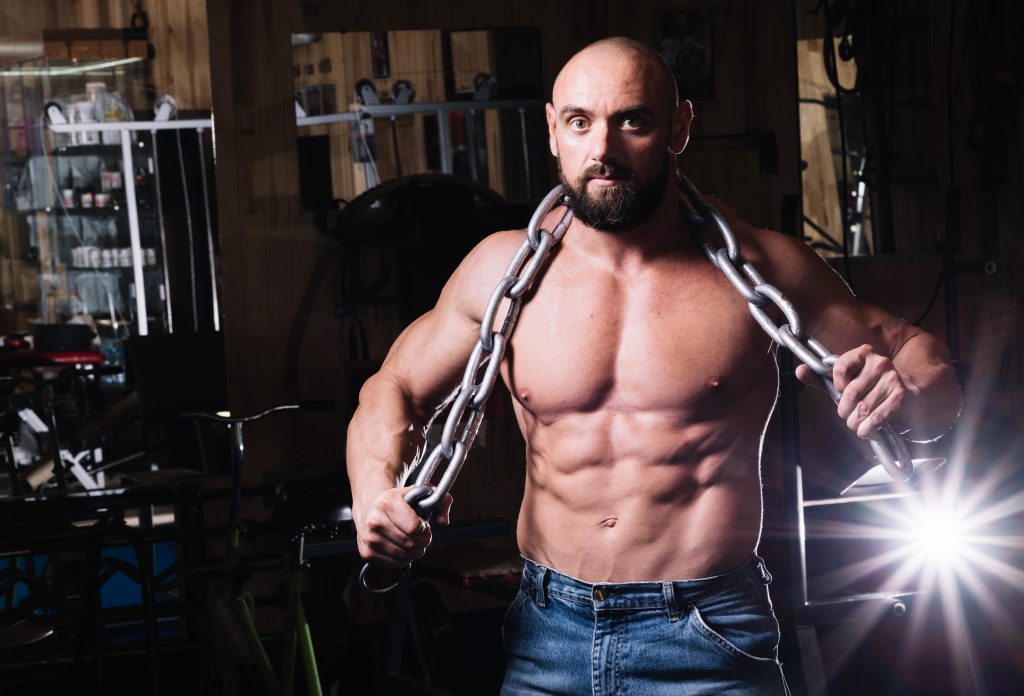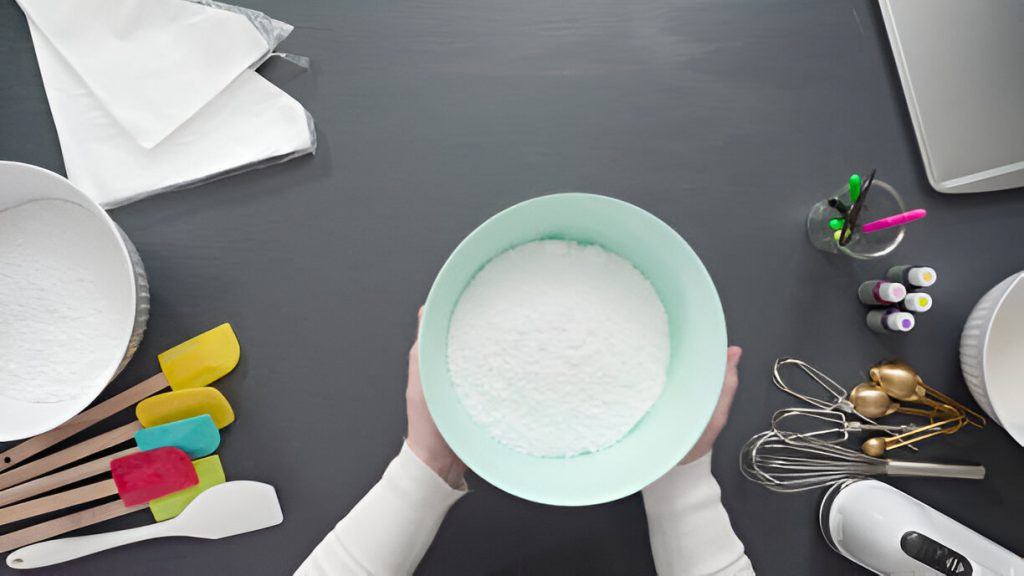If you love the aroma of freshly brewed coffee wafting through your kitchen, then making ground coffee at home is a skill you need to master. In this guide, we’ll walk you through the steps of choosing the right beans, grinding them to perfection, and brewing that perfect cup. From selecting the grind size to troubleshooting common issues, you’ll soon be enjoying a delicious cup of coffee every morning with ease.
Choosing the Right Coffee Beans
When choosing the right coffee beans, make sure they are fresh and aromatic for the best flavor in your cup. Consider exploring different coffee origins to experience a variety of flavor profiles. Each region produces beans with unique characteristics that can enhance your coffee experience. Roasting techniques also play a crucial role in determining the final taste of your brew. Light roasts highlight the bean’s original flavors, while dark roasts offer a richer profile with caramelized notes. Experiment with various brewing methods to find what suits your palate best. Additionally, grind consistency is key for extracting optimal flavors from your beans; adjust the grind size based on your chosen brewing method to achieve a balanced and delicious cup of coffee every time.
Grinding Your Coffee Beans
To grind your beans properly, you’ll want to adjust the grinder to a medium-coarse setting. This ensures that you achieve the perfect grind consistency for your brewing method. Remember, bean freshness plays a crucial role in the flavor of your coffee. Here are some tips to consider:
- Coffee Grinder Options: Choose between blade and burr grinders based on your preference.
- Grind Consistency: Aim for uniformity in particle size to extract flavors evenly.
- Bean Freshness: Use fresh beans for the best taste; store them properly in an airtight container.
- Roast Level Impact: Different roasts require specific grinding sizes; adjust accordingly for optimal extraction.
Understanding these factors will enhance your coffee experience across various brewing methods.
Selecting the Grind Size
For the best results in your brewing process, be sure to adjust the grinder to the appropriate size based on your preferred brewing method. Consistency in grind is essential as it directly impacts the flavor and proper extraction of your coffee. Different brewing methods require specific grind sizes to achieve optimal results. Whether you’re using a French press, espresso machine, or pour-over setup, adjusting the grind size can make a significant difference in taste. Referring to a grind size chart can help you determine the right coarseness or fineness needed for each method. Experimenting with various settings and observing how they affect your brew will ultimately lead you to find the perfect grind size for your favorite cup of coffee.
Preparing Your Coffee Maker
Ensure you have thoroughly cleaned and dried all parts of your machine before beginning the brewing process. Here’s a quick guide to preparing your coffee maker for that perfect cup:
- Water temperature: Use water between 195-205°F for optimal extraction.
- Coffee filter: Choose the appropriate size and material for your coffee maker to avoid any grounds in your brew.
- Brewing time: Follow the manufacturer’s recommendations for the ideal brewing duration.
- Cleaning instructions: Regularly clean all parts of your coffee maker with warm, soapy water to prevent any buildup that could affect the taste of your coffee.
Measuring the Ground Coffee
When measuring the ground coffee, be sure to use a scale for accuracy. The perfect cup of coffee relies on precise measurements to achieve the desired flavor and strength. Different brewing techniques may call for varying amounts of coffee grounds, affecting the richness and intensity of your brew. Experimenting with different coffee measurements will help you find the ideal balance that suits your taste preferences. The right amount of ground coffee directly impacts the overall quality of your drink, ensuring a delicious and robust flavor profile. By paying attention to these details and adjusting your coffee grounds accordingly, you can elevate your brewing experience and enjoy a consistently satisfying cup every time.
Heating the Water
Heating water to the correct temperature is essential for extracting the best flavors from your coffee grounds. To ensure you get that perfect cup of coffee, follow these tips:
- Boiling point: Avoid bringing water to a full boil as it can scorch your coffee grounds.
- Water temperature: Aim for around 195-205°F (90-96°C) for ideal extraction.
- Steep time: Let the coffee steep for about 4 minutes after adding water before plunging.
- Heat source: Use a stovetop kettle or an electric kettle with precise temperature control for best results.
Brewing Your Coffee
So, now that your water is heated to the perfect temperature, it’s time to dive into brewing your coffee. This step is where the magic happens as you get to experiment with different coffee brewing techniques and equipment to unlock unique flavor profiles from your ground coffee. By understanding the best brewing practices and coffee extraction methods, you can elevate your coffee game significantly.
Let’s explore a useful table to help you navigate through some common coffee brewing equipment:
| Brewing Equipment | Description |
|---|---|
| French Press | Immerses ground coffee in hot water, producing a full-bodied brew. |
| Pour-Over | Allows for precise control over pouring water for a clean and flavorful cup. |
| Espresso Machine | Forces hot water through finely ground coffee for a concentrated shot. |
| Aeropress | Uses air pressure to extract rich flavors quickly from ground coffee. |
Timing the Brewing Process
During the brewing process, it’s essential to time the extraction carefully to achieve optimal flavor extraction from your chosen method. Here are some key factors to consider for timing your brew:
- Brew extraction: Monitoring the extraction process ensures you’re getting the best flavors out of your coffee grounds.
- Water temperature: Maintaining the right water temperature is crucial for proper extraction and avoiding a bitter taste.
- Coffee strength: Adjusting the strength by controlling factors like grind size and coffee-to-water ratio impacts the final taste.
- Steeping time: Whether you’re using a French press or pour-over, steeping for the right duration enhances flavor.
Decanting and Serving
Decanting and serving your freshly brewed beverage can enhance its flavors and aroma. When it comes to coffee presentation, the way you serve your drink can make a significant difference in the overall experience. By understanding serving techniques, the decanting process, flavor profiles, temperature control, and more, you can elevate your coffee game. Pay attention to details like using the right temperature for serving to preserve the delicate notes in your brew. Experiment with different decanting methods to find what suits your taste best. Below is a table summarizing key aspects related to serving that will help you level up your coffee enjoyment.
| Serving Techniques | Decanting Process | Flavor Profiles |
|---|---|---|
| Use proper cups | Pour slowly | Rich and balanced |
| Preheat mugs | Allow aeration | Bright and fruity |
| Garnish with spices | Use filter | Nutty and smooth |
Remember that how you present your coffee also plays a role in enhancing its appeal.
Storing Leftover Ground Coffee
To keep your leftover grounds fresh for future use, store them in an airtight container away from direct sunlight and moisture. Here are some tips to maintain the freshness of your coffee:
- Freezing method: If you won’t use the coffee grounds soon, consider freezing them in an airtight bag to preserve their flavor.
- Airtight containers: Opt for sealed containers that prevent air exposure, which can cause the coffee to go stale quickly.
- Refrigerating grounds: While not as effective as freezing, keeping coffee grounds in the refrigerator can help prolong their freshness.
- Using vacuum sealers: Vacuum sealers are another excellent option to ensure that no air gets into the storage container, maintaining the quality of your coffee longer.
Troubleshooting Common Issues
Ensure you troubleshoot common issues by checking the water temperature and grind size for your coffee brewing process. Water temperature plays a crucial role in extracting the flavors from your coffee grounds. If it’s too hot, it can result in a bitter taste, while water that’s too cold may lead to under-extraction. Brewing time is equally important; adjusting it can enhance or mellow out the flavors based on your preference. Always prioritize coffee freshness by using recently roasted beans to maximize flavor potential. Regular equipment maintenance ensures consistent performance and longevity of your brewing tools. Lastly, grinding consistency is key; uneven particle sizes can yield inconsistent extraction, affecting the overall taste of your brewed coffee.




